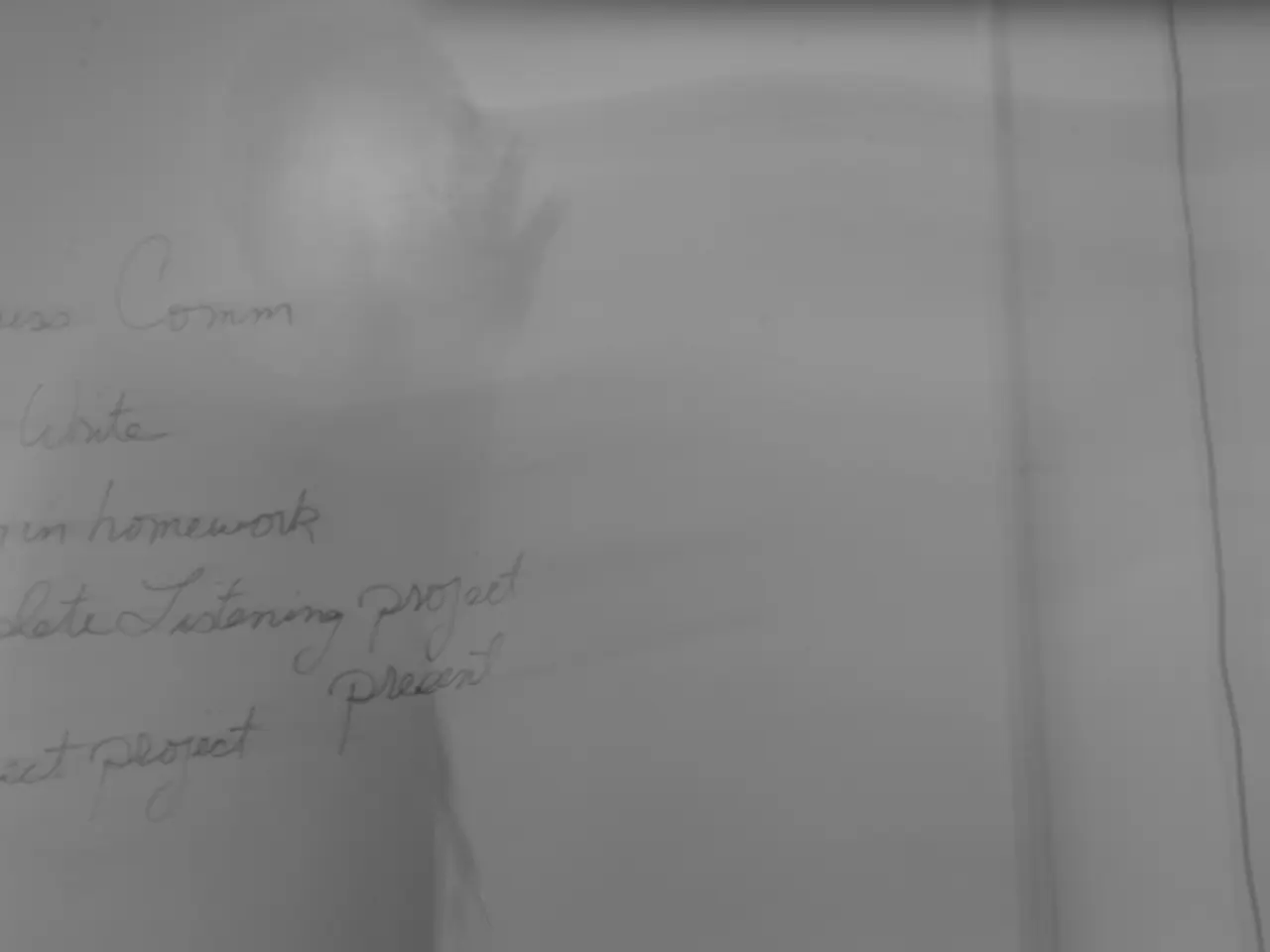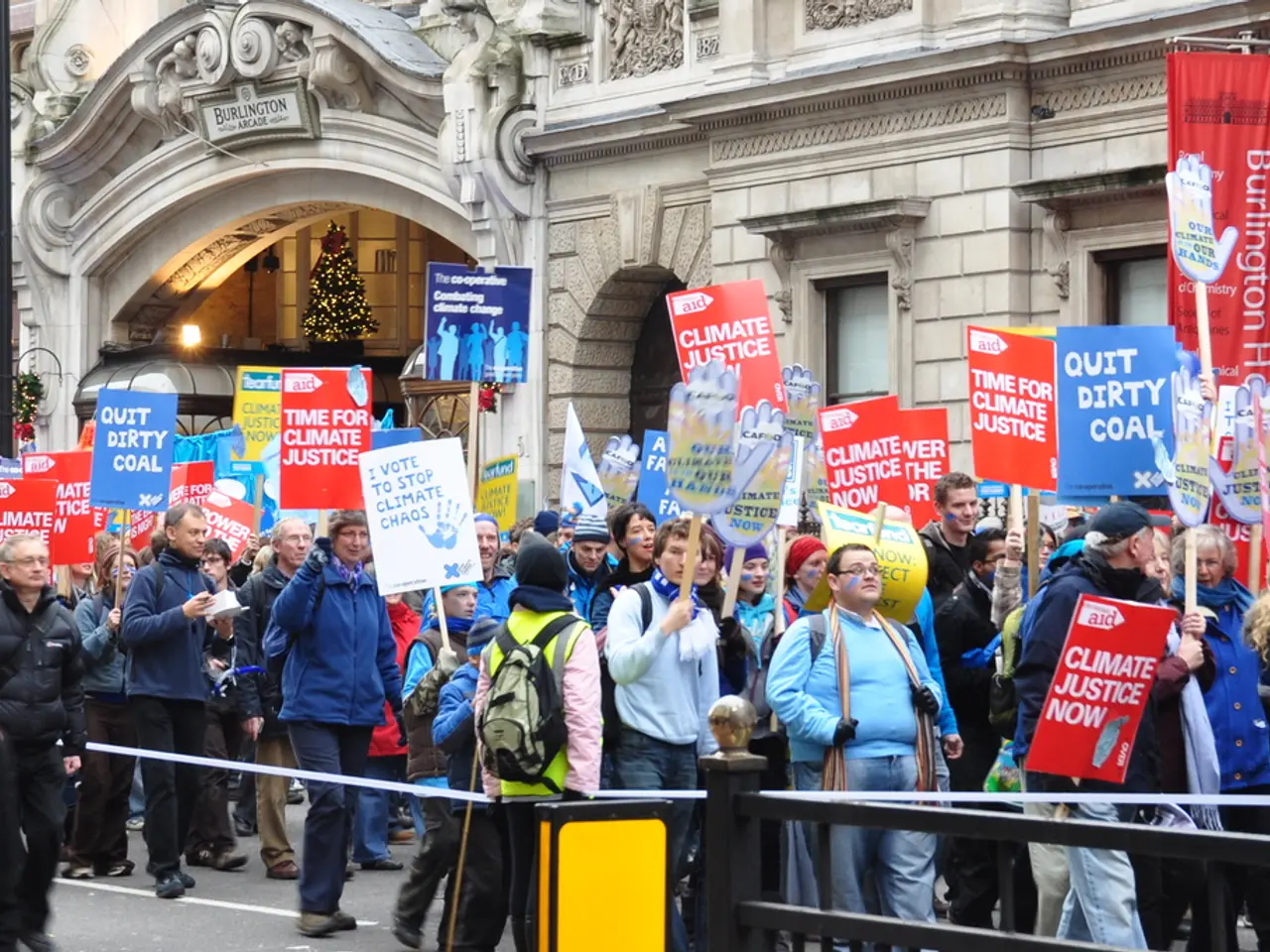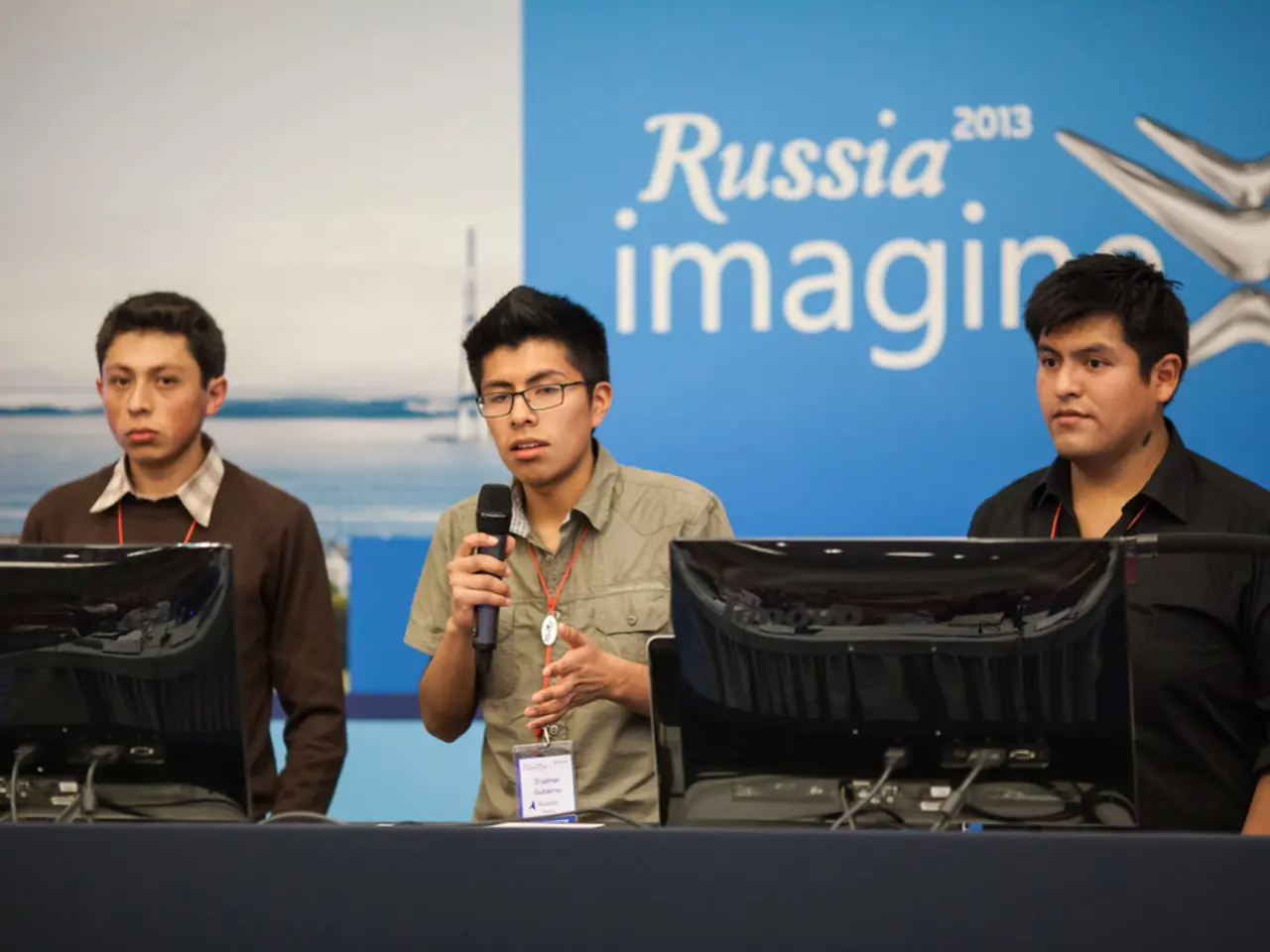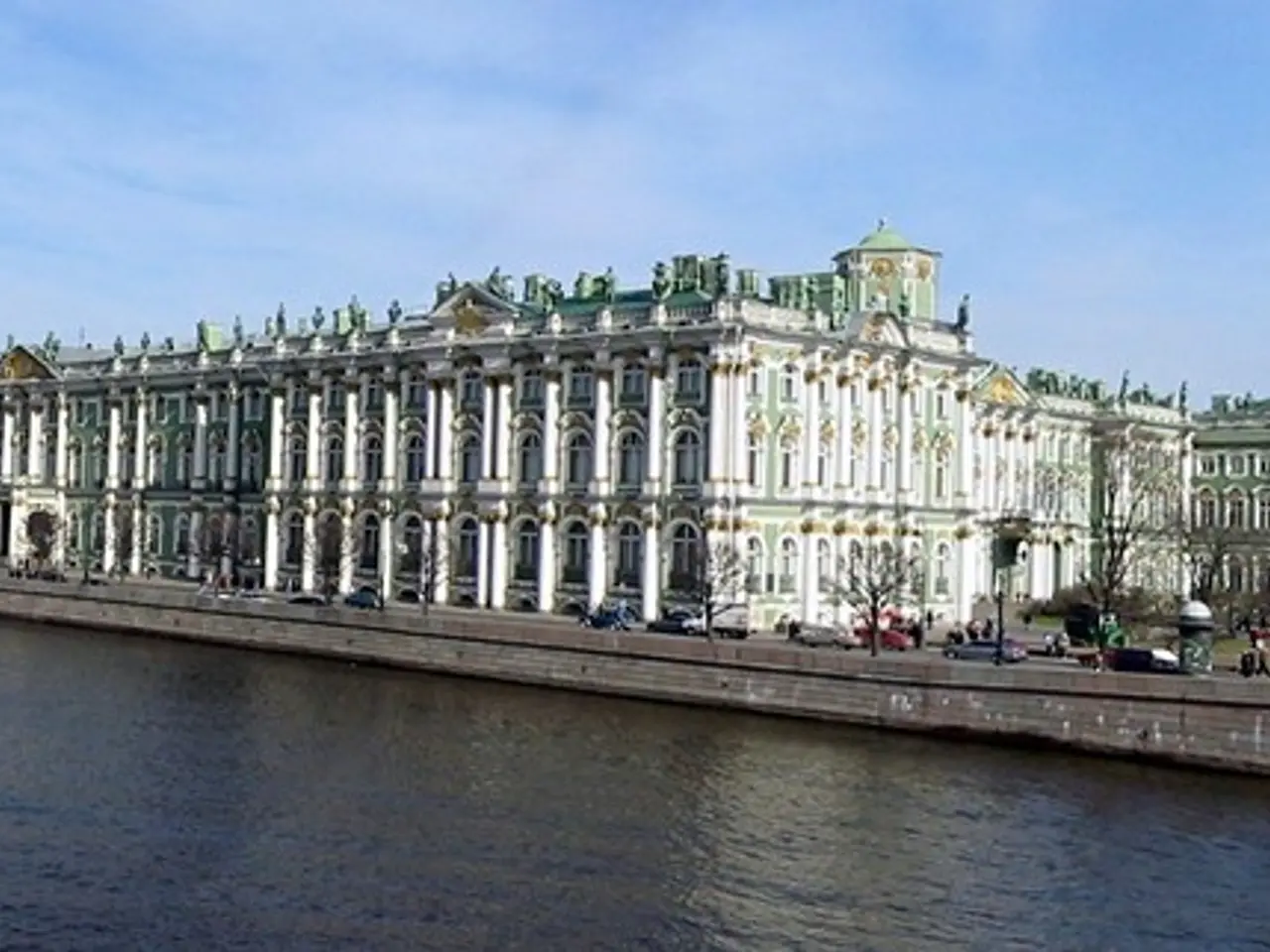Federal Reserve Chair Powell notes that the future interest rate trajectory is uncertain, but he emphasizes that the effects of tariffs on the economy are forthcoming.
In the bustling heart of Washington, there's quite a bit of uncertainty surrounding the future of the U.S. economy, interest rates, and inflation. U.S Federal Reserve chair Jerome Powell signaled that one thing seems certain though: higher prices are on the horizon.
Recently, the Fed sat tight on interest rates for a fourth consecutive meeting, keeping them stable until further clarity emerges over the potential long-term impacts of tariffs. Powell hinted that tariffs are giving goods inflation a bit of a nudge, and he expects this trend to continue throughout the summer.
As for tariffs, they're a ticking time bomb that's been hanging over the economy for quite some time now. President Trump's 90-day pause on most of his so-called "reciprocal" tariffs is set to expire on July 9, giving rise to the possibility of significant tariff hikes for many nations unless trades deals are struck or the hiatus is extended. For instance, goods from the European Union could see a whopping 50% tariff hike.
But if the Fed slashes interest rates too quickly, it could fuel inflationary pressures that are already threatening to flare up thanks to Mr. Trump's tariffs. Conversely, if they wait too long to trim, they could be causing undue economic damage at a time when employment is shrinking and fewer Americans are joining the workforce.
The high stakes have motivated the Fed to play a patient waiting game, carefully observing the economic landscape before making any big decisions. This cautious approach suggests the Fed's wait-and-see attitude will persist at least until September. And investors are taking note, with more than 70% betting on a rate cut in September, according to interest rate futures.
The Fed's latest economic projections suggest a growing divide among its rate-setting committee. The median forecast, known as the "dot plot," reflects two rate cuts in 2025, but seven officials see no reductions in 2025 - as many as ten did before.
Priya Misra, a portfolio manager at JP Morgan Asset Management, noted the division among the officials. "They were unanimous in terms of not doing anything right now, but I think they're divided in terms of how they view the risks," she said. "I think the division in the dots for 2025 comes down to how different participants view the persistence of inflation."
Powell downplayed the divisions, acknowledging that the uncertain economic climate leaves room for interpretation. He also revealed that overall inflation has remained relatively muted in recent months, even as core inflation has remained slightly higher than predicted.
Many companies have resisted passing along price increases to their customers so far, choosing instead to work through their built-up stockpiles of goods they acquired earlier this year to avoid the higher costs associated with tariffs. These older goods that are still sitting on store shelves will eventually be replaced by newer items subject to tariffs, feeding the inflationary pressure.
In conclusion, the Fed's outlook is one of careful caution. Interest rate cuts are anticipated but at a gradual pace, due to concerns of inflation stemming from tariff-related cost pressures. Despite this, the overall economic growth is projected to slow, as the nation braces itself for a period of stagflation. Jerome Powell and his colleagues place a great emphasis on the uncertainties surrounding tariffs and trade policies, resulting in a wait-and-see strategy for monetary policy adjustments in the near future.
[1] [https://www.feddie.com/media/2025/abs16/rpt-georg/20190618-summary.pdf][2] [https://www.nytimes.com/2019/06/18/business/federal-reserve.html][3] [https://www.bloomberg.com/news/articles/2019-06-18/fed-stays-the-course-amid-trump-criticism-but-signals-easing][4] [https://www.cnbc.com/2019/06/18/federal-reserve-keeps-rates-on-hold-sends-wall-street-flat.html][5] [https://www.usatoday.com/story/money/2019/06/18/federal-reserve-interest-rates-june-fed-jerome-powell/1481801001/]
Businesses and the finance sector are closely watching the Federal Reserve's approach towards interest rates, with several anticipating cuts due to concerns of inflation stemming from tariff-related cost pressures. The overall economic growth is projected to slow, potentially leading to a period of stagflation, as the Fed adopts a wait-and-see strategy, focusing on uncertainties surrounding tariffs and trade policies.





